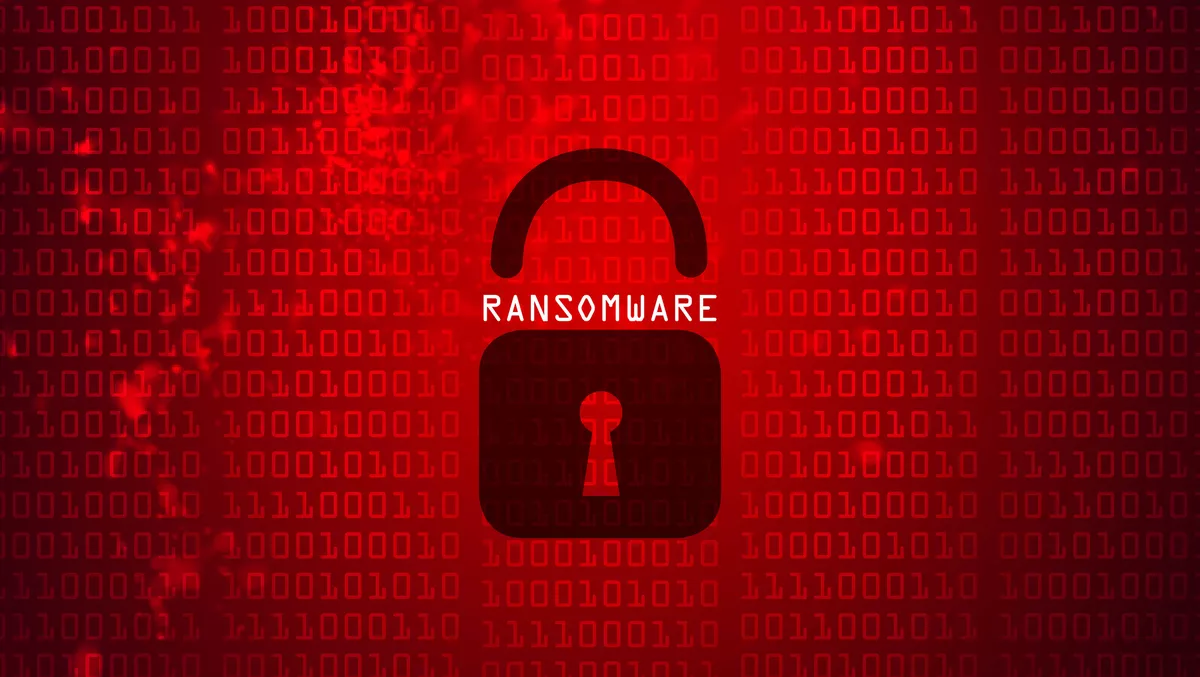
Ransomware volume doubled 2021 total by end of Q1 2022
Ransomware detections in the first quarter of this year doubled the total volume reported for 2021, according to a new report.
WatchGuard Technologies has announced findings from its most recent quarterly Internet Security Report, detailing the top malware trends and network security threats analysed by WatchGuard Threat Lab researchers.
Other top findings from the research revealed the Emotet botnet coming back in a big way, the infamous Log4Shell vulnerability tripling its attack efforts, malicious cryptomining activity, and much more.
"Based on the early spike in ransomware this year and data from previous quarters, we predict 2022 will break our record for annual ransomware detections," says Corey Nachreiner, chief security officer at WatchGuard.
"We continue to urge companies to not only commit to implementing simple but critically important measures but also to adopt a true unified security approach that can adapt quickly and efficiently to growing and evolving threats."
Other key findings from the Internet Security Report, which analyses data from Q1 2022, include:
Ransomware goes nuclear Although findings from the Threat Labs Q4 2021 Internet Security Report showed ransomware attacks have been trending down year-over-year, that all changed in Q1 2022 with a massive explosion in ransomware detections. Strikingly, the number of ransomware attacks detected in Q1 has already doubled the total number of detections for all of 2021.
LAPSUS$ emerges following REvil's downfall Q4 2021 saw the downfall of the infamous REvil cybergang, which, in hindsight, opened the door for another group to emerge LAPSUS$. WatchGuards Q1 analysis suggests the LAPSUS$ extortion group, along with many new ransomware variants such as BlackCat, the first known ransomware written in the Rust programming language, could be contributing factors to an ever-increasing ransomware and cyber-extortion threat landscape.
Log4Shell makes its debut on the top 10 network attacks list Publicly disclosed in early December 2021, the infamous Apache Log4j2 vulnerability, also known as Log4Shell, debuted on the top 10 network attack list fashionably late this quarter. Compared to aggregate IPS detections in Q4 2021, the Log4Shell signature nearly tripled in the first quarter of this year. Highlighted as the top security incident in WatchGuard's last Internet Security Report, Log4Shell garnered attention for scoring a perfect 10.0 on CVSS, the maximum possible criticality for a vulnerability, and because of its widespread use in Java programs and the level of ease in arbitrary code execution.
Emotet's comeback tour continues Despite law enforcement disruption efforts in early 2021, Emotet accounts for three of the top 10 detections and the top widespread malware this quarter following its resurgence in Q4 2021. Detections of Trojan.Vita, which heavily targeted Japan and also appeared in the top five encrypted malware list, and Trojan.Valyria both use exploits in Microsoft Office to download the botnet Emotet. The third malware sample related to Emotet, MSIL.Mensa.4, can spread over connected storage devices and mostly targeted networks in the US. Threat Lab data indicates Emotet acts as the dropper, downloading and installing the file from a malware delivery server.
PowerShell scripts lead the charge in surging endpoint attacks Overall endpoint detections for Q1 were up about 38% from the previous quarter. Scripts, specifically PowerShell scripts, were the dominating attack vector. Accounting for 88% of all detections, scripts single-handedly pushed the number of overall endpoint detections clear past the figure reported for the previous quarter. PowerShell scripts were responsible for 99.6% of script detections in Q1, showing how attackers are moving to fileless and living-off-the-land attacks using legitimate tools. Although these scripts are the clear choice for attackers, WatchGuards data shows that other malware origin sources shouldn't be overlooked.
Legitimate cryptomining operations associated with malicious activity All three new additions to the top malware domains list in Q1 were related to Nanopool. This popular platform aggregates cryptocurrency mining activity to enable steady returns. These domains are technically legitimate domains associated with a legitimate organisation. However, connections to these mining pools almost always originate in a business or education network from malware infections versus legitimate mining operations.
Businesses still facing a wide range of unique network attacks While the top 10 IPS signatures accounted for 87% of all network attacks; unique detections reached their highest count since Q1 2019. This increase indicates that automated attacks are focusing on a smaller subset of potential exploits rather than trying everything in the kitchen sink. However, businesses are still experiencing a wide range of detections.
EMEA continues to be a hotspot for malware threats Overall regional detections of basic and evasive malware show Fireboxes in Europe, the Middle East, and Africa (EMEA) were hit harder than those in North, Central, and South America (AMER) at 57% and 22%, respectively, followed by Asia-Pacific (APAC) at 21%.
WatchGuard's quarterly research reports are based on anonymised Firebox Feed data from active WatchGuard Fireboxes whose owners have opted to share data in direct support of the Threat Labs research efforts. In Q1, WatchGuard blocked a total of more than 21.5 million malware variants (274 per device) and nearly 4.7 million network threats (60 per device). The full report includes details on additional malware and network trends from Q1 2022, recommended security strategies and critical defense tips for businesses of all sizes and in any sector, and more.


